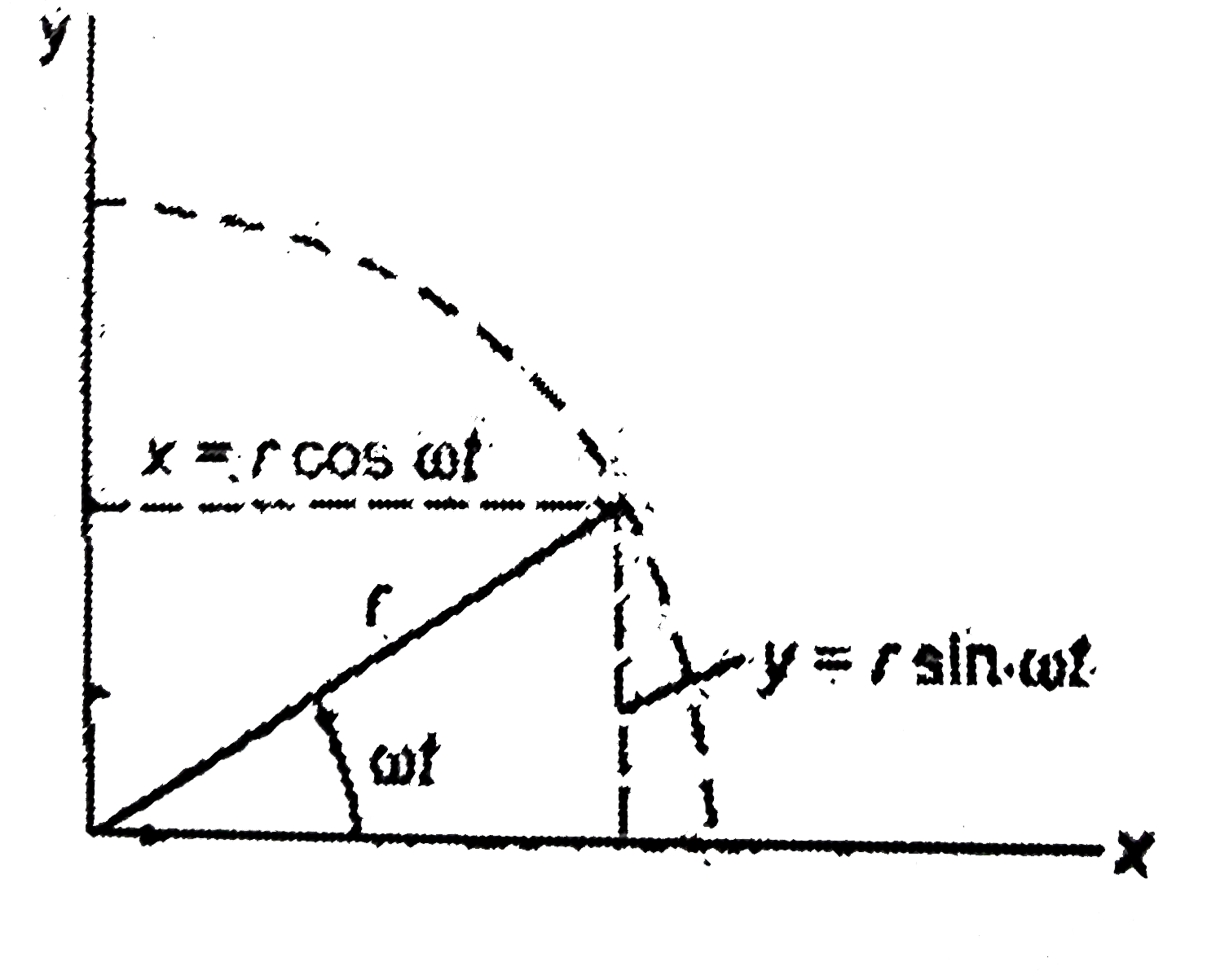A
B
C
D
Text Solution
Verified by Experts
The correct Answer is:
|
Topper's Solved these Questions
NTA JEE MOCK TEST 61
NTA MOCK TESTS|Exercise PHYSICS|25 VideosView PlaylistNTA JEE MOCK TEST 63
NTA MOCK TESTS|Exercise PHYSICS|25 VideosView Playlist
Similar Questions
Explore conceptually related problems
Knowledge Check
Similar Questions
Explore conceptually related problems
NTA MOCK TESTS-NTA JEE MOCK TEST 62-PHYSICS
- A cavity of radius R//2 is made inside a solid sphere of radius R. The...
08:25
|
Play - Find the change in the temperature on the Fahrenheit scale and on Kelv...
02:42
|
Play - For two thermodynamic process temperature and volume diagram are given...
06:37
|
Play - Consider a particle moving in the x-y plane according to r=r (cos omeg...
03:23
|
Playing Now - The activity of a radioactive element decreases in 10 years to 1/5 of ...
02:09
|
Play - A ring of the radius r is suspended from a point on its circumference....
02:40
|
Play - Light of frequency 7.21xx10^(14)Hz is incident on a metal surface. Ele...
03:21
|
Play - A point object is kept at the first focus of a convex lens. If the len...
02:55
|
Play - A wheel of radius R rolls on the ground with a uniform velocity v. The...
03:02
|
Play - The current gain alpha of a transistor in common base mode is 0.995 . ...
01:31
|
Play - A gas is filled in a cylinder. its temperature is increased by 20% on ...
05:00
|
Play - The viscosity eta of a gas depends on the long - range attractive part...
11:09
|
Play - Interference fringes are produced on a screen by using two light sourc...
04:42
|
Play - A standing wave having 3 nodes and 2 antinodes is formed between two a...
01:02
|
Play - A block of mass M is kept on a rough horizontal surface and is attache...
01:31
|
Play - A battery is charged at a potential fo 15 V for 8 h when the current f...
02:41
|
Play - A particle leaves the origin with an initial velodty v= (3.00 hati) m/...
04:45
|
Play - The magnetic induction at the centre of a current carrying circular co...
02:59
|
Play - An 80 kg person is parachuting and is experiencing a downward accelera...
02:39
|
Play - A liquid drop having surface energy E is spread into 512 droplets of s...
04:03
|
Play
